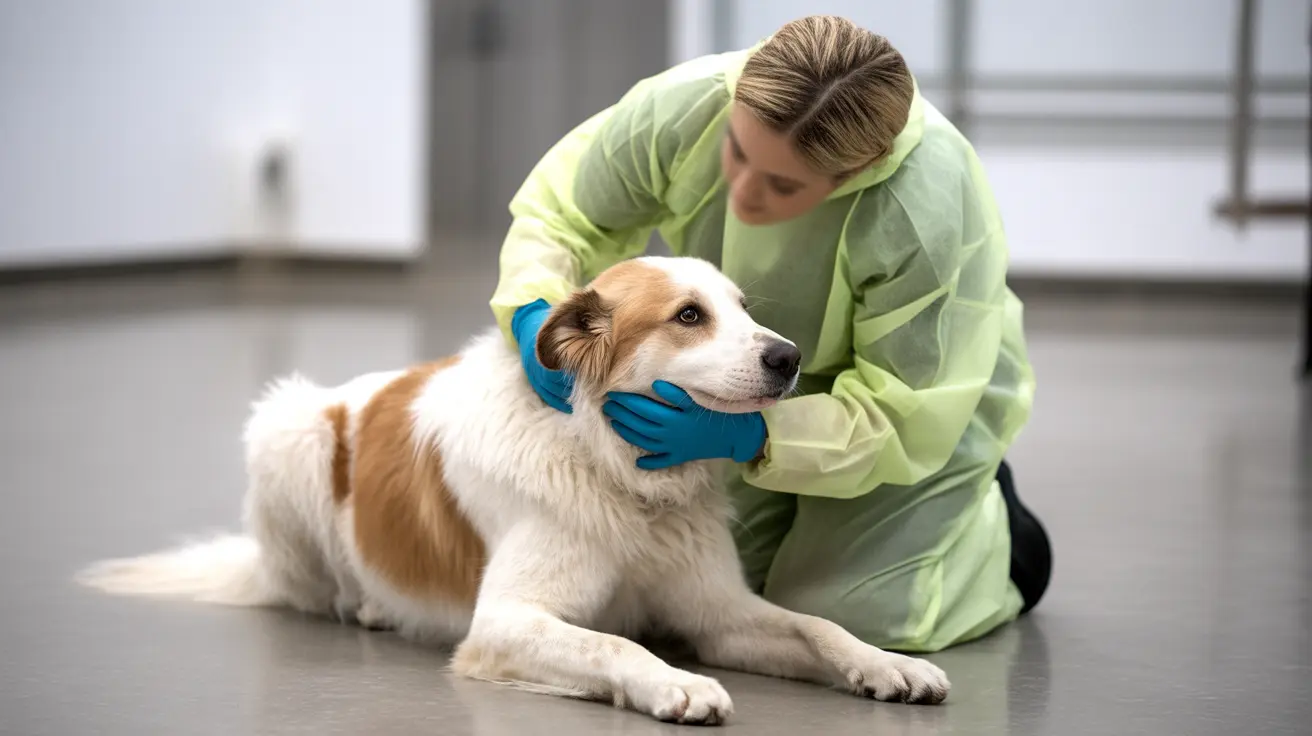A significant animal hoarding case in Wyoming has captured public attention as Michael Ohern appeared in court facing charges related to the alleged hoarding of over 100 animals. This incident serves as a stark reminder of the ongoing challenges surrounding animal welfare and the importance of community awareness in identifying and reporting potential cases of animal neglect.
According to reports, this is not Ohern's first encounter with allegations of this nature, highlighting a concerning pattern that underscores the complex relationship between animal hoarding and mental health issues. The case brings renewed focus to Wyoming animal cruelty laws and the legal processes designed to protect vulnerable animals from neglect and abuse.
Understanding Animal Hoarding and Its Impact
Animal hoarding represents a serious form of animal cruelty that often stems from underlying psychological conditions. Unlike responsible pet ownership, hoarding situations typically involve individuals who accumulate far more animals than they can properly care for, leading to overcrowded, unsanitary conditions that compromise the health and welfare of the animals involved.
The impacts of such situations extend beyond the animals themselves. Communities may face public health concerns, property damage, and the significant costs associated with rescue operations and rehabilitation efforts. When cases involve over 100 animals, as alleged in this Wyoming incident, the logistical challenges of providing immediate care and finding suitable placements become enormous.
Pet Hoarding Signs and Community Response
Recognizing the warning signs of animal hoarding is crucial for community members who may be in a position to help. These signs often include strong odors emanating from properties, visible accumulation of animals, deteriorating property conditions, and social isolation by the property owner. However, it's important to approach suspected cases with sensitivity, as hoarding often involves individuals who genuinely believe they are helping animals.
Community members who suspect animal hoarding should contact local authorities rather than attempting to intervene directly. Professional assessment ensures that both the animals' welfare and the individual's mental health needs are appropriately addressed through proper channels.
Wyoming Animal Cruelty Laws and Legal Process
Wyoming has established comprehensive animal cruelty laws designed to protect domestic animals from neglect and abuse. These laws provide legal frameworks for intervention when animals are found in inadequate living conditions or receiving insufficient care. The legal process typically involves investigation by animal control officers, potential seizure of animals when necessary, and court proceedings to determine appropriate outcomes.
Animal cruelty penalties in Wyoming can range from misdemeanor charges to felony convictions, depending on the severity and circumstances of the case. Repeat offenders may face enhanced penalties, and courts may impose restrictions on future animal ownership as part of sentencing.
Rescued Animals Care and Rehabilitation
When animals are removed from hoarding situations, they often require extensive medical care and behavioral rehabilitation. Many rescued animals may suffer from malnutrition, untreated medical conditions, lack of socialization, and psychological trauma from their living conditions.
Animal shelters and rescue organizations play vital roles in providing immediate medical attention, behavioral assessment, and eventual placement in appropriate homes. The process can be lengthy and expensive, requiring significant resources from both public agencies and private organizations dedicated to animal welfare.
Animal Hoarding and Mental Health Considerations
Understanding the connection between animal hoarding and mental health is essential for developing effective prevention and intervention strategies. Many individuals who hoard animals suffer from underlying psychological conditions that require professional treatment alongside legal intervention.
Successful long-term solutions often require coordinated efforts between legal authorities, mental health professionals, and animal welfare organizations to address both the immediate animal welfare concerns and the underlying factors that contributed to the hoarding behavior.
Frequently Asked Questions
What are the signs that someone is hoarding animals, and when should I report it?
Common signs include strong odors, excessive numbers of animals visible on a property, deteriorating property conditions, and the owner's inability to provide basic care. You should report suspected cases to local animal control or law enforcement when you observe these warning signs, as professional assessment is necessary to determine if intervention is needed.
What happens to animals rescued from hoarding situations in Wyoming?
Rescued animals typically receive immediate veterinary care and are placed with local animal shelters or rescue organizations. They undergo medical treatment, behavioral evaluation, and rehabilitation before being considered for adoption. The process can take weeks or months depending on the animals' conditions and needs.
What are the penalties for animal cruelty and hoarding under Wyoming law?
Wyoming animal cruelty penalties vary based on the severity of the case, ranging from misdemeanor charges to felony convictions. Penalties may include fines, imprisonment, and restrictions on future animal ownership. Repeat offenders often face enhanced penalties under the law.
Moving Forward: Prevention and Education
This Wyoming case serves as a reminder of the ongoing need for community education about responsible pet ownership and the recognition of animal hoarding situations. By working together, communities can better protect vulnerable animals while also supporting individuals who may be struggling with the underlying issues that lead to hoarding behaviors.
Continued awareness and education remain essential tools in preventing future cases and ensuring that both animals and their owners receive appropriate help when needed.






